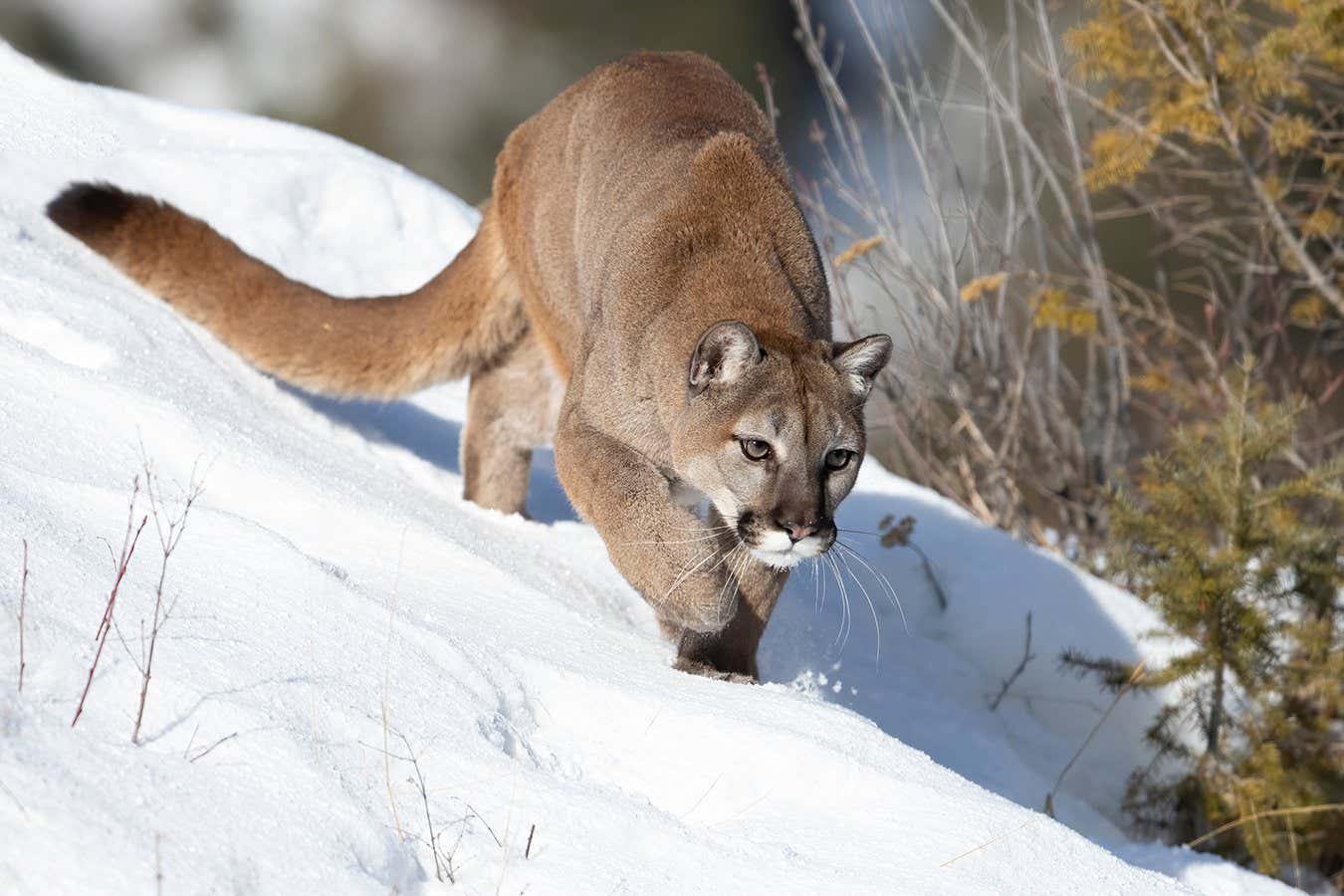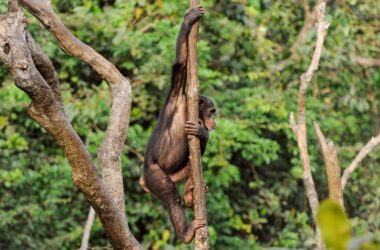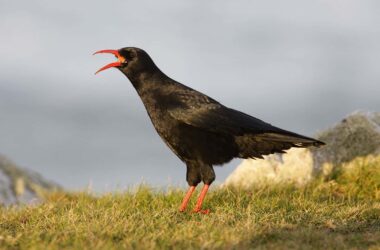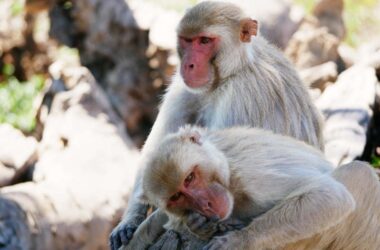Cougars in Yellowstone National Park are changing their hunting strategies in order to avoid losing their kills to bears and wolves. These big cats, also known as mountain lions or Puma concolor, are increasingly hunting on rugged terrain, where it is harder for the larger predators to steal their prey.
In Yellowstone National Park, the habitats of cougars overlap with those of grey wolves and grizzly bears. As the number of bears and wolves in the area has grown, the competition for food has increased. Cougars have responded by adapting their hunting techniques.
By hunting on rugged terrain, cougars can make it more difficult for bears and wolves to access their kills. Rugged terrain, such as cliffs and steep slopes, can be challenging for larger predators to navigate. This gives cougars an advantage in protecting their hard-earned meals.
This change in hunting strategy may be a deliberate choice by cougars to reduce the chance of their kills being stolen. Bears and wolves are known to scavenge from each other, and cougars are likely aware of this. By hunting in areas that are less accessible to these competitors, cougars can increase their chances of keeping their kills for themselves.
It is important to note that while cougars are adjusting their hunting strategies, they are not completely avoiding interaction with bears and wolves. The habitats of these animals overlap, and encounters are inevitable. However, by utilizing the rugged terrain to their advantage, cougars are increasing their chances of successfully securing their kills.
Insights
One unique insight from this article is the strategic thinking of cougars in adapting their hunting techniques. Rather than engaging in direct confrontations with bears and wolves, the cougars are choosing to hunt in areas where they have a better chance of protecting their kills. This shows a level of intelligence and adaptability in these predators.
Additionally, it is interesting to consider the effect that the growing number of bears and wolves may have on the behavior and dynamics of the Yellowstone ecosystem. As these predators compete for food, each species may adjust its strategies to maintain its survival and reproductive success. The interactions between cougars, bears, and wolves in this context highlight the complexity of predator-prey relationships in the natural world.
Overall, this article sheds light on the fascinating ways in which animals adapt and evolve in response to changes in their environment and the presence of competing species. Understanding these dynamics is crucial for effective wildlife conservation and management.








